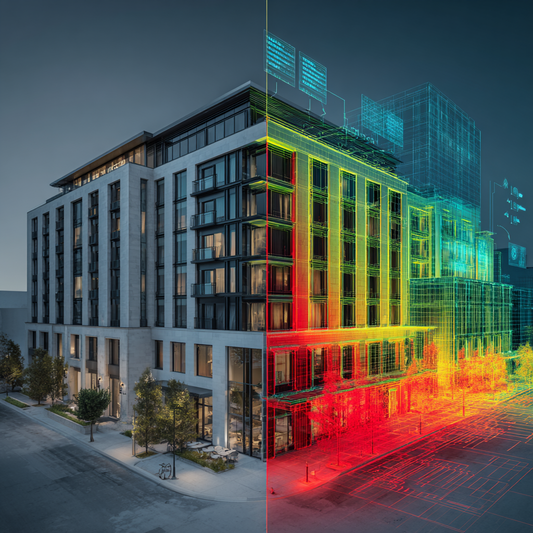In today’s competitive landscape, utilities face increasing pressure to deliver reliable services while optimizing costs and meeting sustainability targets. Rising energy demand, evolving regulations, and customer expectations make it clear: traditional methods of managing infrastructure are no longer enough. The solution lies in adopting digital twins - a transformative technology that is quickly becoming essential for efficiency.
What is a Digital Twin?
A digital twin is a virtual replica of physical assets, systems, or processes. For utilities, it means creating a dynamic, data-driven model of networks, plants, equipment, and operations. Unlike static dashboards, a digital twin is continuously updated with real-time data from sensors, IoT devices, and operational systems. This allows businesses to simulate scenarios, predict performance, and make smarter decisions with confidence.
Why Utilities Cannot Ignore Digital Twins
-
Improved Asset Management
Utilities operate some of the most capital-intensive infrastructure in the world. A digital twin provides a live view of asset health, helping operators anticipate failures before they occur. Predictive maintenance not only reduces downtime but also extends the lifespan of critical equipment. -
Operational Efficiency
With real-time data integration, a digital twin highlights inefficiencies in distribution networks, generation plants, or field operations. Utilities can run simulations - such as adjusting load curves, testing demand response strategies, or optimizing maintenance schedules - without disrupting actual services. -
Sustainability and Energy Transition
Regulators and customers expect greener operations. Digital twins enable utilities to model the impact of renewable energy integration, track carbon reduction, and test new efficiency measures virtually before deploying them in the real world. -
Enhanced Customer Experience
From fewer outages to faster service delivery, the operational improvements driven by digital twins directly translate to better customer satisfaction. Utilities can also use insights to design personalized offerings, making customers active participants in energy efficiency programs. -
Risk Preparedness
Natural disasters and grid disturbances are unavoidable, but their impact can be minimized. By simulating extreme weather events or sudden demand surges, utilities can prepare response strategies and safeguard continuity of service.
Real-World Applications Already in Motion
- Electric utilities use digital twins to balance grid loads and manage renewable energy integration.
- Water utilities deploy them to detect leaks, optimize pumping operations, and reduce water losses.
- Gas companies rely on digital twins to improve pipeline safety and anticipate equipment wear.
These are not future concepts - they are competitive advantages utilities are deploying today.
Why Act Now?
Delaying digital twin adoption is no longer a viable option. Competitors are already leveraging these tools to reduce costs, enhance reliability, and secure regulatory compliance. Early adopters gain the advantage of data-driven insights, agile operations, and stronger customer trust.
CEBS: Powering the Digital Utility of the Future
At CEBS, we understand that each utility has unique challenges. Our Cognitive Virtual System (CVS) offers a comprehensive digital twin solution tailored to the needs of energy, water, and infrastructure providers. Whether it is energy management, security, factory simulation, or disaster preparedness, CVS helps businesses turn complexity into clarity.









